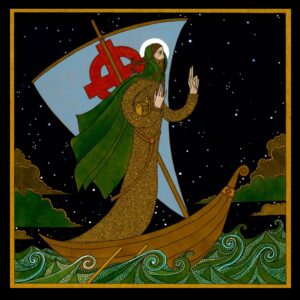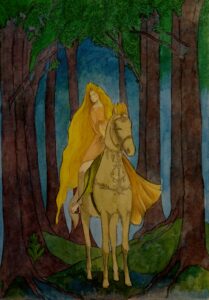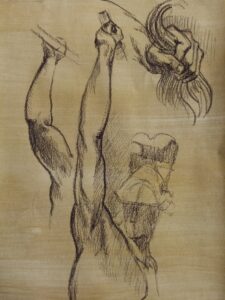A test page for a new graphic novel set in 1800s Ireland.
The 1800s were a tumultuous time in Ireland’s history, marked by political strife, social upheaval, and economic challenges. This period saw the country undergo significant changes that would shape its trajectory for years to come.
One of the defining events of the 19th century in Ireland was the Act of Union in 1801, which saw the country formally join with Great Britain to become the United Kingdom of Great Britain and Ireland. This union brought Ireland under the governance of the British Parliament, sparking tensions and resistance among Irish nationalists who felt that their autonomy and identity were being threatened.
The 1800s also saw the rise of the Catholic Emancipation movement in Ireland, which sought to secure political rights and religious freedoms for Catholics in a predominantly Protestant country. This movement was led by figures such as Daniel O’Connell, who mobilized support through peaceful protest and advocacy for legislative change.
The Great Famine of the 1840s was another pivotal event in 19th-century Ireland, with devastating consequences for the population. A combination of failed crops, disease, and British policy exacerbated the famine, leading to the death or emigration of millions of Irish people. This period of suffering and hardship left a lasting impact on the country’s population and economy.
Throughout the 1800s, Ireland also experienced significant social changes, including the rise of the Irish nationalist movement and the emergence of cultural and literary figures such as W.B. Yeats and James Joyce, who would go on to shape the country’s artistic and intellectual landscape.
Economically, Ireland faced challenges in the 19th century, with a reliance on agriculture and a lack of industrial development leading to widespread poverty and unemployment. The effects of the Great Famine lingered for years, further deepening the country’s economic woes.
Despite these challenges, the 1800s also saw moments of progress and reform in Ireland. The Land War of the late 19th century, led by figures such as Charles Stewart Parnell, sought to secure fair rents and land rights for Irish farmers, challenging the power and influence of wealthy landlords.
The political landscape of 19th-century Ireland was marked by ongoing struggles for independence and self-governance, culminating in the Easter Rising of 1916 and the eventual establishment of the Irish Free State in 1922. The legacy of these movements and the sacrifices of those who fought for Ireland’s independence continue to shape the country’s identity and politics to this day.
In conclusion, the 1800s were a tumultuous and transformative time in Ireland’s history, marked by political strife, social upheaval, and economic challenges. Despite the hardships and conflicts of this period, the resilience and determination of the Irish people laid the foundation for the country’s modern identity and its ongoing pursuit of justice, equality, and independence.




